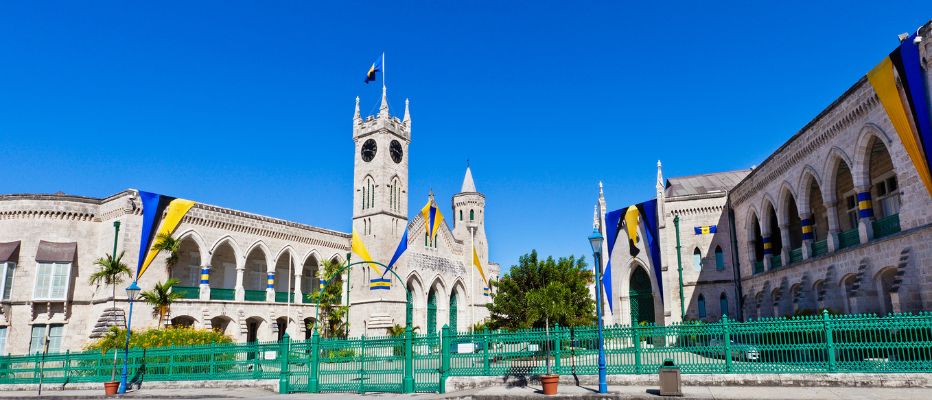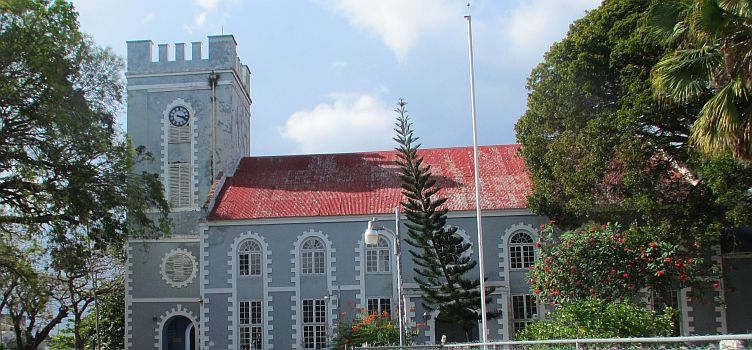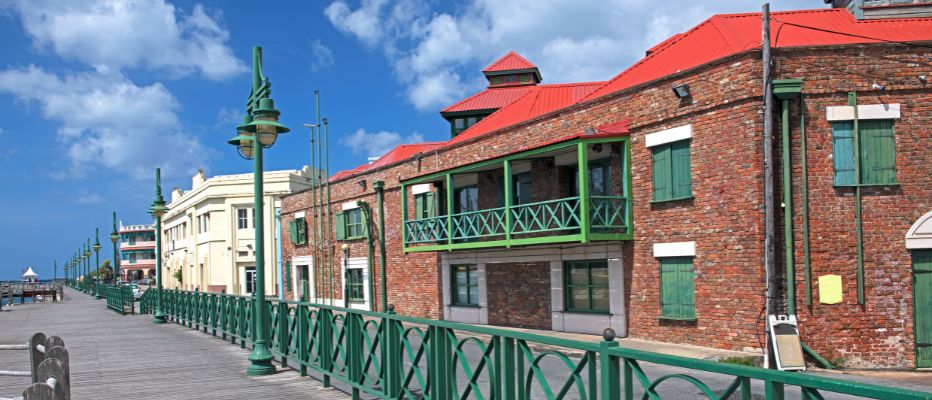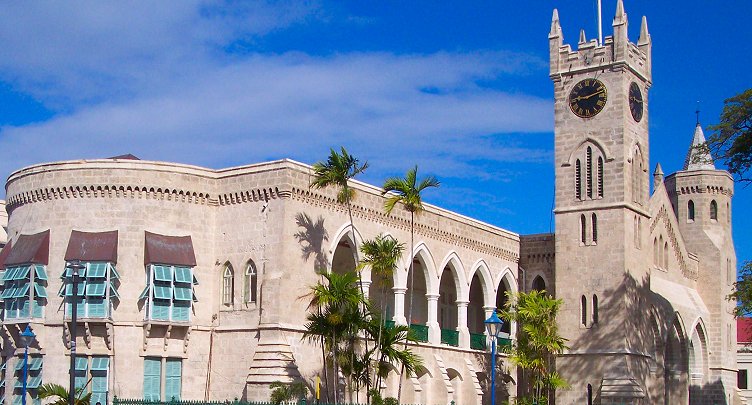Bridgetown's History
Bridgetown: A Small City with a Big History
Barbados may be a small island, but our capital, Bridgetown, packs a mighty historical punch. Walk its streets, and you’ll step into centuries of British colonial influence, international trade, and the birth of an independent nation. Whether you’re a history buff or just curious, Bridgetown’s past is as vibrant as its present.

🌉 From "Indian Bridge" to Bridgetown
Before it was Bridgetown, this oceanfront city was called "Indian Bridge" - named after a simple wooden bridge built by the island’s Indigenous people (Amerinidians) over what is now the Careenage. Later, it was officially known as the "Town of St. Michael" before settling on its current name. Today, a colonial past stands alongside the modern life of an independent Barbados.
🏛️ A UNESCO Treasure Trove
In 2011, Bridgetown and its nearby Garrison were declared a UNESCO World Heritage Site. Stroll through the sity and you’ll find:
The Parliament Buildings - Home to the third-oldest Parliament in the Commonwealth (established in 1639!), these grand buildings now house the House of Assembly, the Senate, Barbados Museum of Parliament and the National Heroes Gallery.
National Heroes Square - Once called Trafalgar Square (yes, like London’s!), this historic plaza originally held a statue of Admiral Nelson which was erected in 1813, well before London’s version. Today, the square celebrates Barbados’ own heroes.
St. Mary’s Anglican Church - The city’s first church, standing since the 1600s.
The Careenage - Once a hub for Atlantic trade, sugar shipments, and even slave ships, this waterfront is now a safe haven for catamarans, fishing boats, and yachts.
The Jewish Synagogue - One of the oldest in the Western Hemisphere, a testament to Barbados’ diverse past.
Take a virtual tour to explore historic sites in the area.

🚢 A Port That Helped Shape the Atlantic World
In the 1700s and 1800s, Bridgetown wasn’t just another colonial town - it was a powerhouse of British Atlantic trade. Ships from Africa, Europe, and the Americas docked here, carrying sugar, goods, and enslaved people. Bridgetown was often the first port of call for slave ships making the trans-Atlantic crossing from Africa.
The Chamberlain Bridge (opened in 1872 and originally a manually operated swing bridge) was a key entry point, later replaced in 2006 with a modern lift bridge.
🇧🇧 From Colony to Independent Nation
Barbados’ journey from British rule to independence is etched into Bridgetown’s streets. Independence Square and the renaming of Trafalgar Square to National Heroes Square (in 1999) reflect this shift.

📌 Why Bridgetown Still Matters
Bridgetown isn’t a relic - it’s a living, evolving city where history meets modern Caribbean life. You can sip coffee by the Careenage, explore centuries-old churches, or stand where Parliament has met for centuries. For such a small island, Barbados has played an outsized role in history, and Bridgetown is where that legacy comes alive.
⚖️ Parliament
The Parliament Buildings of Barbados are located at the top of Broad Street. The Barbados Parliament was established in 1639 and is the third oldest Parliament in the entire Commonwealth.
In 2006 the West Wing of Parliament underwent refurbishment. The refurbished buildings house the Barbados National Heroes Gallery and Barbados Museum of Parliament.

🚶🏽➡️ Tours
 Join a local guide for a fun and informative walking tour of Bridgetown.
Join a local guide for a fun and informative walking tour of Bridgetown.Save time & money: You won't find it cheaper online or anywhere else.
Don't be disappointed: Book ahead to guarantee you don't miss out on the best tours & activities.






